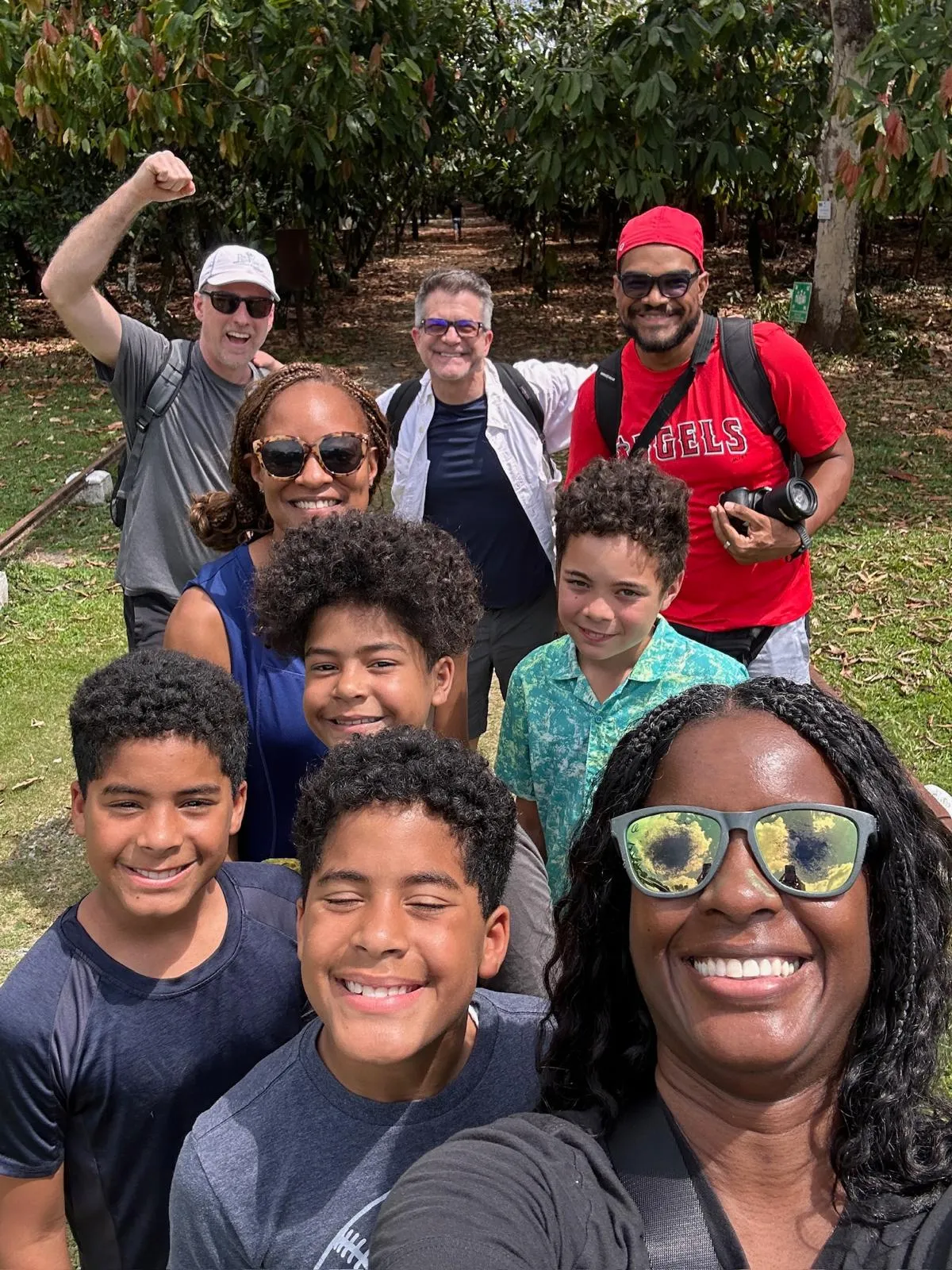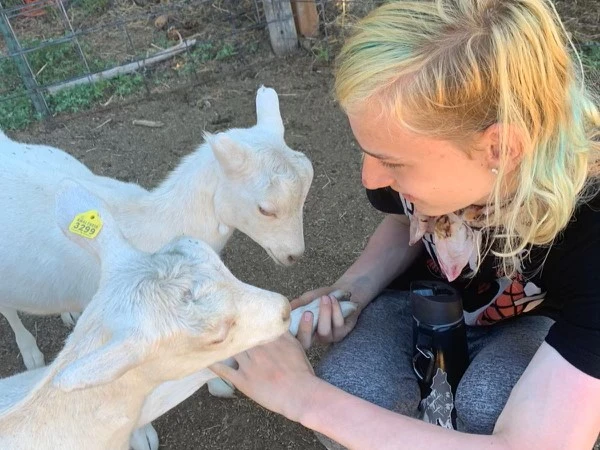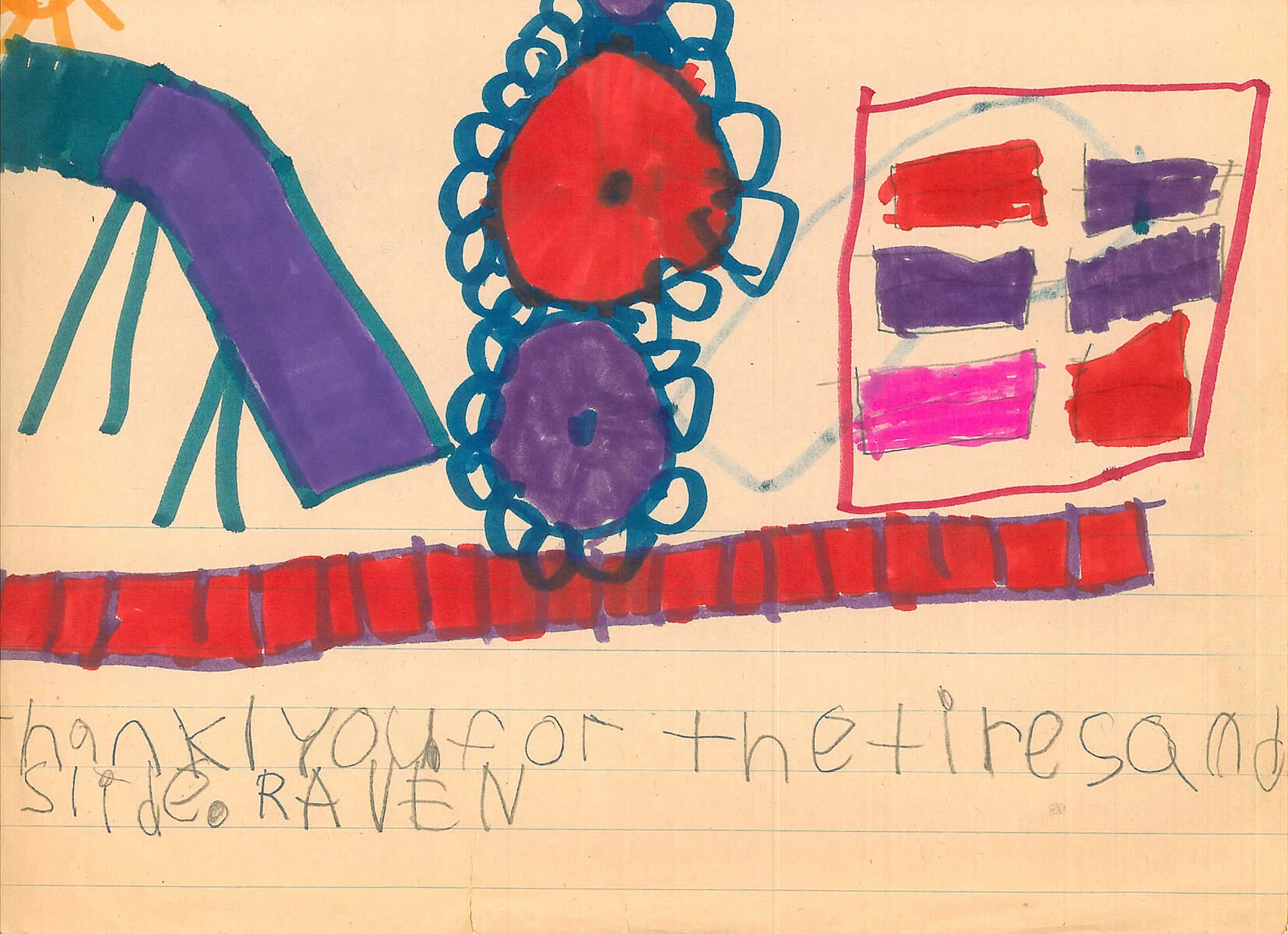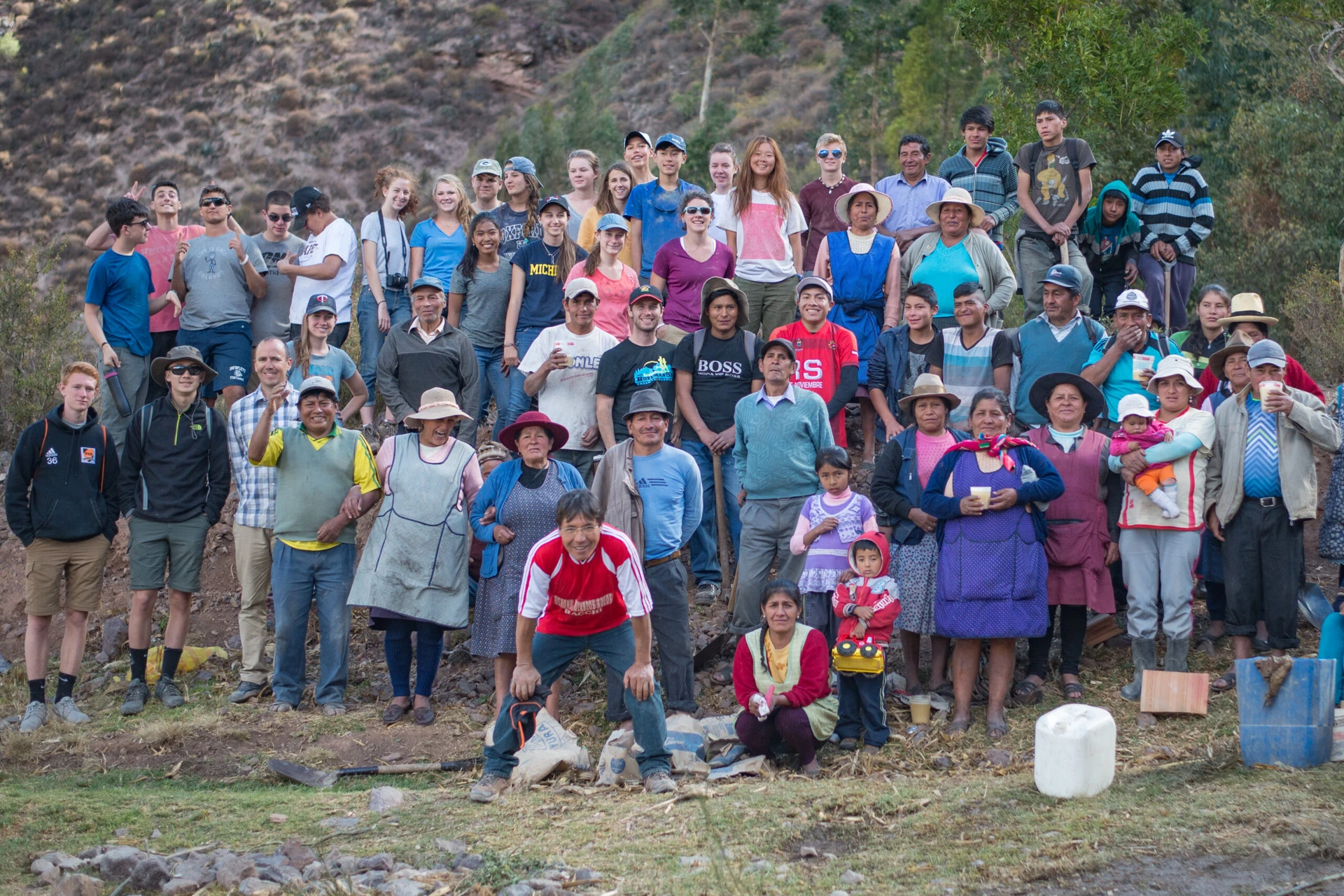 A newsletter at this time seems irrelevant without acknowledging the horrific catastrophe in Haiti. The tremendous outpouring of aid and support to Haiti surely bolsters confidence in our world’s future. Youth across the U.S. have been especially responsive by creating initiatives in thousands of schools that raise funds and donations for Haiti. These students actively affirm that teenagers can and do make a difference.
A newsletter at this time seems irrelevant without acknowledging the horrific catastrophe in Haiti. The tremendous outpouring of aid and support to Haiti surely bolsters confidence in our world’s future. Youth across the U.S. have been especially responsive by creating initiatives in thousands of schools that raise funds and donations for Haiti. These students actively affirm that teenagers can and do make a difference.
Two questions most frequently asked by families looking into VISIONS community service programs are:
Do you have a program in Haiti? Will the situation in Haiti impact the VISIONS Dominican Republic program?
Haiti is not a VISIONS program site nor do we anticipate offering a program for teens there. Haiti’s social infra-structure, historically, makes us less than sufficiently confident that VISIONS could ensure participants’ well being, especially regarding exploration activities. Haiti’s monumental needs, the challenges she faces, demand a different kind of organizational bridge in our estimation.
To the second question, events in Haiti will not negatively impact VISIONS in the Dominican Republic. While Haiti and the Dominican Republic share the island of Hispaniola, their relationship to each other has always been uneasy. Social and political turmoil and natural disasters in Haiti have little impact on goings-on in the Dominican Republic. The two countries could not be farther apart in every other way than geography, and even the “mountains beyond mountains” create a natural barrier.
For VISIONS Dominican Republic a potential side effect of the earthquake in Haiti is that batey populations may increase along with already pressing needs. Bateys are enclaves near sugar cane plantations where immigrant Haitian workers live with their families. Haitian male immigrants enter the Dominican Republic seasonally to work the sugar cane harvests, hard dawn-to-dusk work for little pay. Often, men are rounded up in Haiti with promises of a Dominican work permit. Over time, some workers have stayed on between the harvests. With few exceptions, the living conditions in bateys are sub-standard, and, educational resources for the workers’ children, if there are any, are only the sparest.
VISIONS has built schools, community centers, houses, athletic fields and more in Dominican bateys and provided educational scholarships for batey children. And in 1997 after returning home from their trip, three VISIONS participants created the Batey Fund (BCF), an educational scholarship in the bateys that provides tuition, uniforms, shoes, school supplies, exam fees and transportation for recipients to attend a private school outside the batey.
The histories of Haiti and the Dominican Republic are compelling reading. Here are just three resources we bring to your attention, for starters.
Wucker, Michele. (2000). Why the Cocks Fight: Dominicans, Haitians and the Struggle for Hispaniola.
Dubois, Laurent. (2005). Avengers of the New World: The Story of the Haitian Revolution.
Kidder, Tracy. (2003). Mountains Beyond Mountains: The Quest of Dr. Paul Farmer, A Man Who Would Cure the World.
Aux gens du Haïti, vous êtes dans nos pensées. (To the people of Haiti, you are in our thoughts.)






